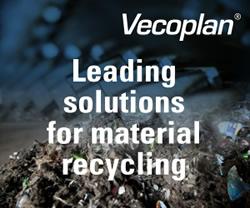Renewable Energy at $254 Billion? Let's Make It a Clean Trillion
Billionaire bankers gathered at the United Nations yesterday to call for more investment in renewable energy -- $1 trillion a year, to be exact.
It won’t be easy. Global investment in renewable energy fell 12 percent in 2013 to $254 billion, according to data released by Bloomberg New Energy Finance (BNEF), casting a shadow over the notion of a “clean trillion.”
Last year was the second decline in renewable investments since 2011’s record-high $318 billion. Investors and climate-policy advocates including hedge-fund billionaire Tom Steyer and former U.S. Treasury Secretary Robert Rubin called for changes to financial markets that would boost investment. Financing must double by 2020 and double again to $1 trillion by 2030 in order to avoid global warming of more than 2 degrees Celsius, reports Ceres, the host of yesterday's conference.
These top-line numbers are fuzzy and paint a picture that’s perhaps more bleak than reality. First, the price of solar energy continues to tumble, so more renewable energy is being generated with fewer dollars invested. Second, while BNEF’s clean-energy tally is the most comprehensive for renewable energy, it’s not all-encompassing; it doesn’t include most energy-efficiency measures, fuel-efficiency gains or expanded public transportation.
Comments (0)
This post does not have any comments. Be the first to leave a comment below.
Featured Product

Vecoplan - Planning and implementation of complete processing plants in refuse derived fuel production
In order to reduce the costs involved in the energy-intensive production of cement, many manufacturers are turning to refuse-derived fuels (RDF), considerably reducing the proportion of expensive primary fuels they would normally use. Solid fuels are being increasingly used - these might be used tyres, waste wood or mixtures of plastics, paper, composite materials and textiles. Vecoplan provides operators of cement plants with proven and robust components for conveying the material and separating iron and impurities, efficient receiving stations, storage systems and, of course, efficient shredders for an output in various qualities.
